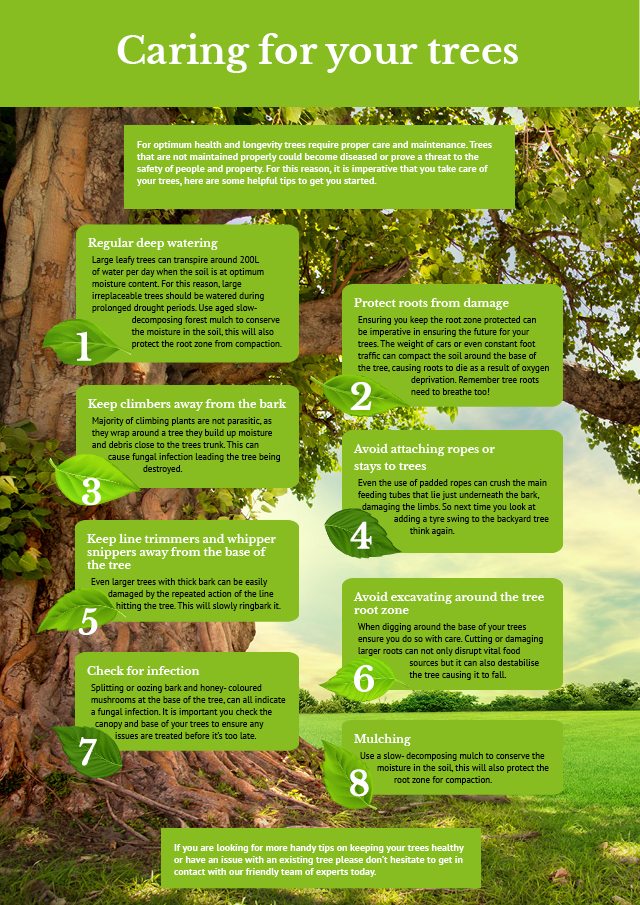Post-Tree Removal Maintenance Is Important For Restoring Your Landscape; Discover Crucial Steps To Rejuvenate Your Location And Stay Clear Of Prospective Troubles
Post-Tree Removal Maintenance Is Important For Restoring Your Landscape; Discover Crucial Steps To Rejuvenate Your Location And Stay Clear Of Prospective Troubles
Blog Article
Web Content Writer-Powell McKinnon
After a tree's elimination, your landscape might look rather various, and it's important to evaluate the after-effects meticulously. You'll intend to assess the soil disturbance and check bordering plants for any type of indications of tension. Ignoring these factors can result in bigger troubles down the line. So, what should you make with those stumps and roots? And how do you choose the best plants for your revitalized room? Let's discover these important steps.
Examining the Aftermath: Examining Your Landscape
After a tree removal, it's crucial to examine your landscape to comprehend the effect it carries your lawn.
Start by examining the location where the tree stood. Expert Tree Removal Companies Near Me of soil disruption, and check the bordering plants for any type of stress or damages.
You must also take note of exactly how the removal has actually changed sunshine direct exposure and air flow in your yard. This change can influence the growth of close-by plants, so it's necessary to review their wellness.
Take into consideration the visual elements as well; the removal might produce an open space that you can redesign.
Finally, think of any kind of potential erosion problems that might emerge from the tree's absence. Dealing with these elements early will aid bring back equilibrium to your landscape.
Handling Stumps and Origins: Choices for Removal
Once you have actually assessed the aftermath of the tree elimination, you'll likely require to take on the stump and origins left.
You have a couple of alternatives for removal. One efficient approach is stump grinding, where an expert uses a machine to grind the stump to below ground degree. This approach leaves minimal interruption to your landscape.
If you choose a do it yourself approach, you can utilize a combination of excavating and chemical stump cleaners. Simply bear in mind, this procedure can require time and initiative.
Alternatively, consider leaving the stump as a natural attribute, which can serve as a distinct yard element or environment for wildlife.
Whatever you choose, dealing with the stump and origins is necessary for restoring your landscape.
Choosing the Right Plant Kingdoms for Your New Space
As you examine your recently gotten rid of area, selecting the right plants can dramatically boost your landscape's beauty and performance.
Beginning by taking into consideration the sunshine and soil conditions. For sunny areas, select drought-resistant plants like lavender or succulents. In shaded spots, brushes and hostas thrive well.
Think about the dimension and development practices of your plants; mix perennials and annuals for seasonal range. Do not neglect to incorporate indigenous varieties; they call for much less maintenance and support neighborhood wild animals.
Team plants in strange numbers for a more natural appearance and develop layers for aesthetic depth.
Finally, ensure you have a mix of shades and appearances to keep your landscape dynamic throughout the seasons.
https://pamplinmedia.com/cr/437967-349461-oregon-city-officials-cut-down-trees-without-permits growing!
Verdict
Finally, recovering your landscape after tree removal is a rewarding procedure. By evaluating the after-effects, attending to stumps and roots, and selecting the right plants, you'll create a thriving environment. Do not forget to include erosion control steps to safeguard your soil. With a little effort and treatment, you can change your room into a dynamic garden that boosts your property. Accept the opportunity to rejuvenate your landscape and appreciate the appeal of nature right in your backyard!
